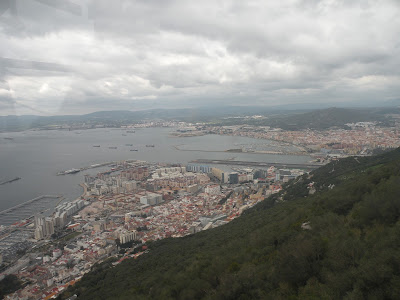 |
| An inlet within the sea of plastic |
South-eastern
Spain
South-eastern
Spain has a wide variety of landscapes. For the most part there is a
relatively narrow band of flat land between the coast and the
mountains. Along the south coast this flat land appears as a sea of
plastic – growing plants year-round for Western Europe's
population.
The
coastal towns feature resort style development, all to a similar
blueprint – palms, bars, and fancy paving, lighting and planting.
These developments are very tourist orientated, featuring a multitude
of languages.
As we
turned north and inland the agriculture changed to orange trees,
peaches and olives, interspersed with almost desert like landscapes.
The mountains contain dramatic rock formations. We have crossed
several rivers, but have yet to cross one that has water in it.
Perhaps this changes when (if) it rains. The architecture within the
rural villages lack the character of the moorish villages in
south-west Spain and Portugal.
Within
rural villages, women are almost totally absent – men dominating
the cafes and bars. Amongst children football is the dominant sport.
Their ability at a young age reflecting their devotion. Football
fields are a mix of artificial turf and clay.
Temperatures
are very pleasant at this time of year – consistently around 25
degrees.


















































